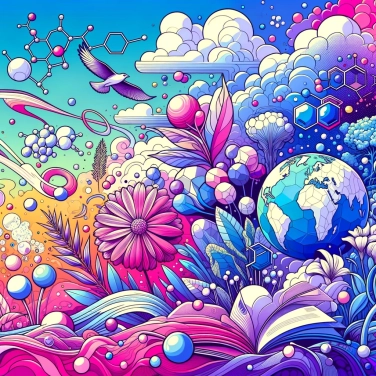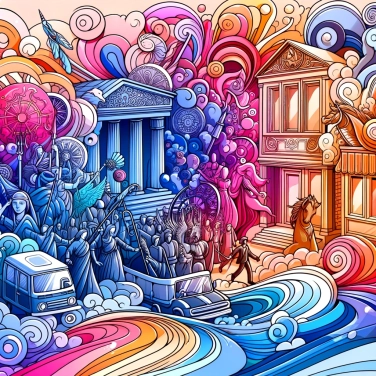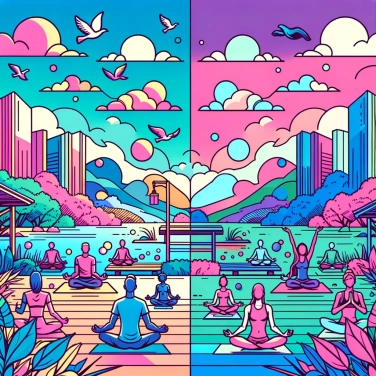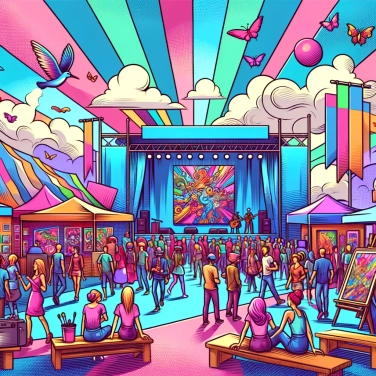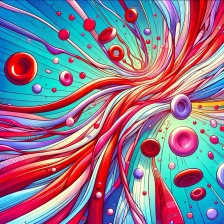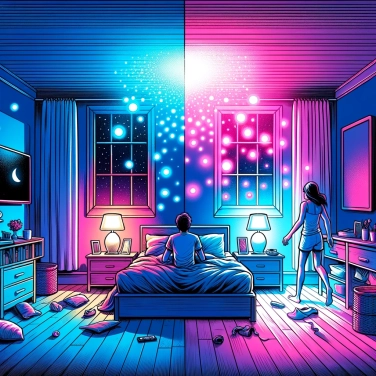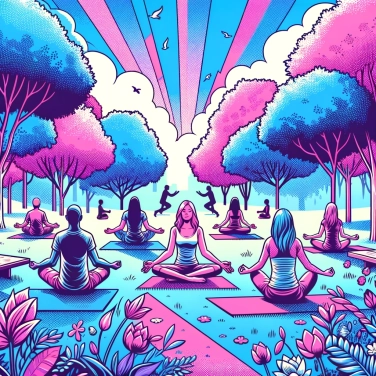In detail, for those interested!
Effects of light on sleep
Light plays a crucial role in regulating our sleep-wake cycle, also known as the circadian rhythm. Exposure to light during the day helps to keep our internal clock synchronized with the natural day-night cycle. On the other hand, excessive exposure to light in the evening can disrupt this cycle and affect the quality of our sleep. Researchers have shown that prolonged exposure to artificial light in the evening can delay the production of melatonin, an essential hormone for sleep induction.
Blue light, in particular, emitted by many electronic devices such as smartphones, tablets, and computer screens, has been associated with sleep disruption. This color of light has a stronger effect on melatonin suppression compared to other colors of light. Therefore, excessive use of devices emitting blue light in the evening can lead to difficulties falling asleep and lower quality sleep.
It is essential to limit exposure to blue light before bedtime to promote restful sleep. Strategies such as using blue light filters on electronic devices, adjusting indoor lighting with warm light bulbs, and avoiding bright screens at least an hour before bedtime can help improve sleep quality by regulating the impact of light on our biological clock.
Impact of LEDs on the circadian rhythm
LEDs can disrupt the circadian cycle due to their blue light, which affects the production of melatonin, the hormone responsible for regulating our internal biological clock. Exposure to blue light from LEDs, especially in the evening, can suppress melatonin production, which can delay sleep and disrupt the natural circadian rhythm. This disruption can lead to difficulties falling asleep and staying asleep, as well as a decrease in sleep quality.
LEDs emitting blue light have been associated with harmful effects on health, especially when used before bedtime. These effects may include decreased sleep quality, circadian rhythm disruption, and sleep disorders. It is therefore recommended to limit exposure to blue light from LEDs, especially before bedtime, to promote healthy and regular sleep.
Studies have shown that exposure to LED light at night can disrupt the circadian cycle by reducing melatonin production, which can negatively affect sleep quality and overall health. It is therefore important to limit exposure to blue light from LEDs, especially during the hours leading up to sleep, to maintain a healthy circadian cycle and promote restful sleep.
Wavelength and Melatonin Secretion
Light can influence our sleep cycle by affecting the secretion of melatonin, a hormone that regulates our circadian rhythm. The wavelength of light plays a crucial role in this process. In particular, blue light, with a wavelength around 480 nanometers, is particularly effective at inhibiting the secretion of melatonin. Thus, prolonged exposure to blue light in the evening can disrupt our biological clock by delaying the secretion of melatonin, which can lead to difficulties falling asleep and disrupt the quality of sleep. In contrast, red light, with a higher wavelength, has a lesser effect on the secretion of melatonin, making it a more favorable choice in the evening to promote good sleep. LEDs, due to their ability to emit different wavelengths, can therefore have a significant impact on our biological clock and overall well-being.
Differences between different colors of LED.
Different colors of LED lights have different effects on our sleep. Blue LEDs, for example, tend to suppress melatonin, the sleep hormone, more than red LEDs. White LEDs, which are actually a combination of different colors, can have a variable impact depending on the proportion of each color present. It is important to note that the brightness and duration of exposure to different colors of LED lights can also play a role in their impact on our sleep cycle. Some studies suggest that warmer LEDs, such as red LEDs, may have a less disruptive effect on our sleep than cooler LEDs, such as blue LEDs. These nuances in LED colors highlight the importance of choosing lighting wisely in our environment to promote quality sleep.
![Explain why some countries change time zones?]()
![Explain why chilling the butter before working it into puff pastry dough ensures a better texture.]()
![Explain why Alexander the Great refused to wear shoes.]()
![Explain why Alexander the Great always wore an impressive helmet.]()




